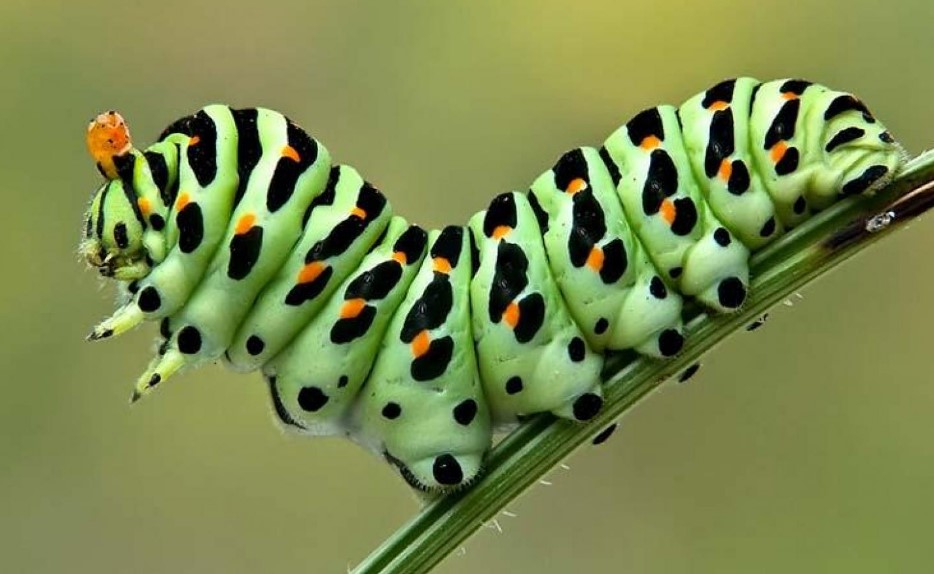The world is filled with a manner of weird and wonderful creatures. To list them all would fill volumes, which is why we need to break things down a little.
Animals That Start with C
Let’s start with 10 amazing animals whose names begin with the letter “C.”
1. Capybara
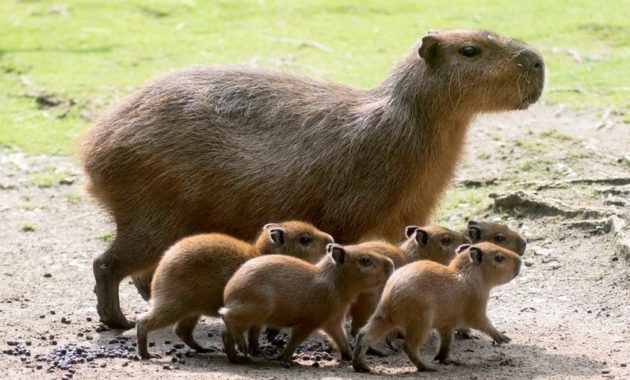
This animal, which is native to South America, splits time between land and water. The capybara usually makes its home in the forest, close to bodies of water such as lakes, rivers, and marshes.
The capybara has a broad body covered in reddish-brown fur on top and yellowish-brown fur underneath. The average adult weighs in at around 65 kg, and grows to about 130 cm long.
The capybara has 20 teeth, feet that are slightly webbed, and no tail. Plants, fruit, and grass are the main elements of the diet for this hungry herbivore. Adult capybaras can consume a staggering 2.5 kg of grass each day.
Capybara’s are very comfortable in the water, and can stay under the surface for 5 minutes at a time. They can even sleep underwater by keeping their nose just above the surface.
2. Cat
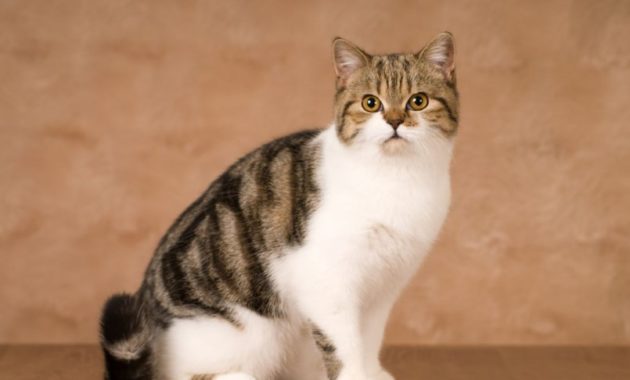
You can’t have a list of “C” animals without including the domestic housecat. Average adult cats are usually about 23-25 cm tall, and weigh in at around 2.5 to 7 kg. Cats have senses that are ore honed than that of humans.
Their night vision is incredible, and they have a sense of smell 14 times stronger than two-legged types. Cats have movable whiskers on their face and body that help with navigation.
3. Cuban Solenodon
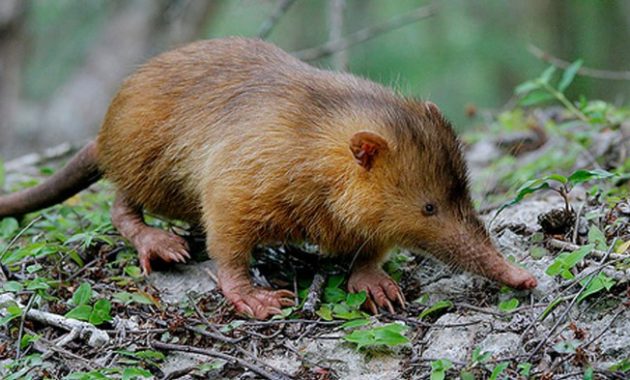
Humid forests and brush country are the areas where you will find the Cuban Solenodon, which is also sometimes known as the Almiqui. You’ll need to be out late to see this small-eyed, brown-furred animal, as he is nocturnal.
The average adult comes in at around 41-56 com in length, and usually weighs about 1 kg. The Cuban Solenodon used squeaks, twitters, and squeals to communicate, and lives on a diet of crabs, snakes, and frogs.
4. Coconut Crab
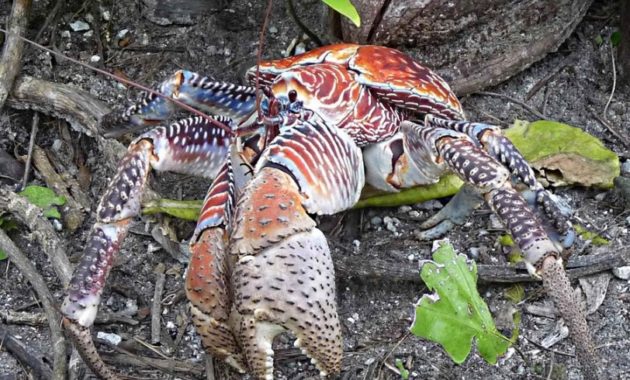
Also known as the palm thief or the robber crab, the coconut crab is on record as the largest land-living arthropod on the planet. This crab has an incredibly powerful set of pincers which it uses to climb and crack open coconuts.
The coconut crab has a body that is divided into 4 distinct parts: cephalic lobe, forepart, trunk, and opisthosoma. These land-based crabs have organs that are structured differently on their body, much like that of an insect.
They are usually around 40 cm long and weigh in at about 9 kg. As expected, they mostly eat coconuts, but will also sometimes eat tortoise eggs, leaves, fruit, and even discarded shells of other animals.
5. Coati
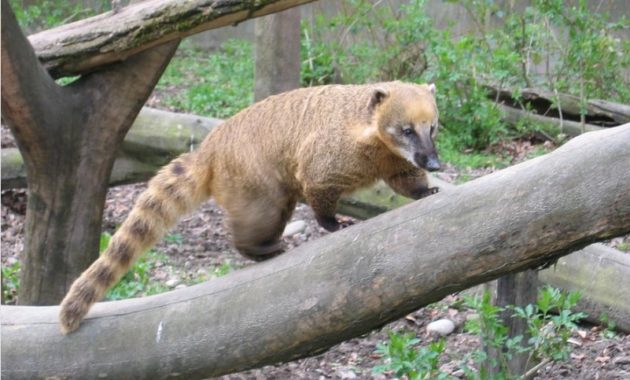
The coati is most commonly found in South, Central, and South-Western America. It can thrive in a wide range of habitats, from hot, dry locales to humid rainforests.
One of the first things that you notice with this creature are the white markings around its eyes, ears, and snout. The latter has a high level of flexibility and can be rotated as much as 60 degrees in every direction.
From tip to tail, the adult coati comes in at 33 to 60 cm, whilst standing about 30 cm at the shoulder, and weighing in at between 3 to 8 kg. Their diet consists of smaller vertebrate prey, such as rodents, birds, and lizards.
6. Cheetah
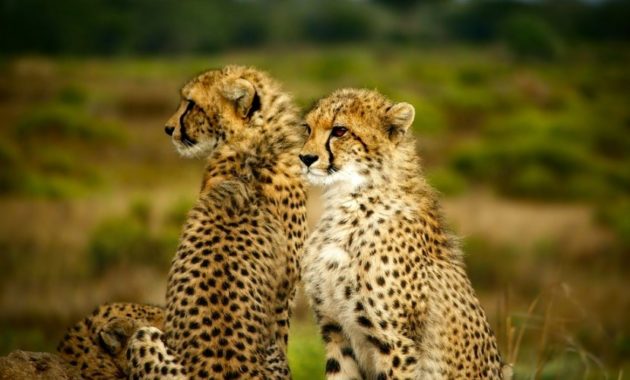
There is no anial on the planet faster than the cheetah, which can hit top speeds of up to 110 km/h. Their rate of acceleration is faster than most cars, as they can go from 0-110 km/h in around 3 seconds.
The average adult cheetah weighs on at around 88-143 pounds. From the head to the start of the tail is around 44-53 inches, while the cheetahs tail is generally 26-33 inches in length.
7. Comb Jelly
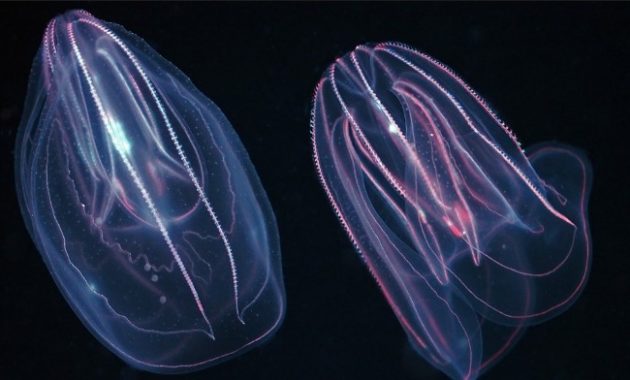
There are roughly 90 different extant species of he phylum Ctenophora, or comb jelly in waters around the world. The bodies are mostly made of jelly, and they have a single cell layer on the outside and another in the internal lining.
Adults vary wildly in size, running for a few mm to as much as 1.5 meters in size. The comb jelly moves in a rippling motion by using 8 rows of plated in their body.
The majority of the species catch their prey by using a pair of long tentacles.
8. Crocodile
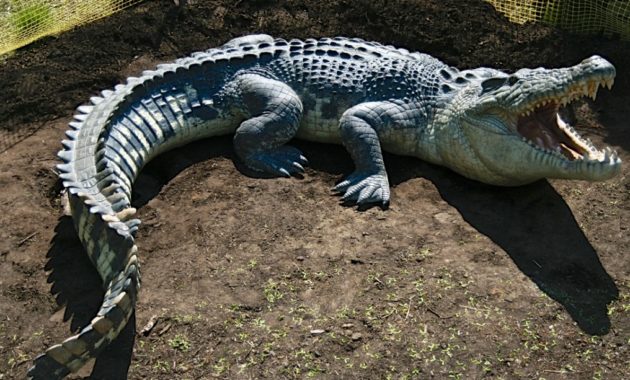
These huge aquatic animals are found in several different regions, including Asia, Africa, Australia, and the Americas. They are most commonly found in rivers, lakes, and wetlands.
Crocodiles use their streamlined body for speed, while their webbed feet allow then to make quick turns in the water.
Crocodiles are able to close their nasal passages when attacking prey, which prevents them from drowning in the water. They use their razor-sharp teeth to grab onto pray, whilst holding them in place with powerful jaw muscles.
9. Caterpillar
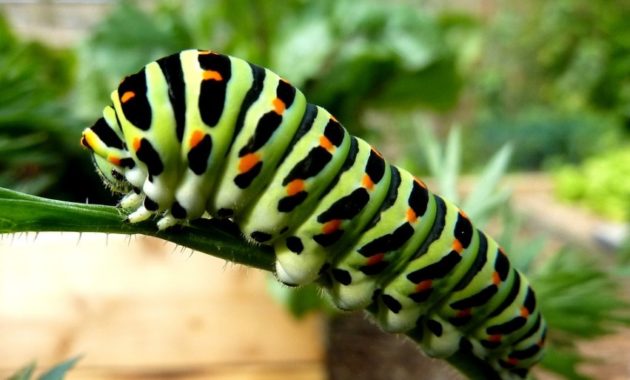
Prior to becoming moths and butterflies, these beautiful creatures go through the larval stage as caterpillars. They have segmented bodies made up of three thoracic segments, each of which has three pair of legs.
Caterpillars also have four pairs of prolegs on their abdomen, and sometimes another pair of prolegs on the last abdominal segment.
They eat a lot of leaves and plant parts, and they breathe by making use of small openings on their thorax and abdomen.
The use each of their 4,000 muscles to move, and often use wild coloring to blend in with the animals they feed on.
10. Clownfish
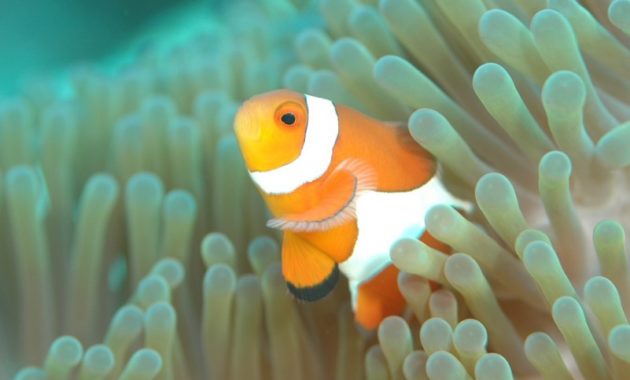
Clownfish are native to the coral reefs of the Indian and Pacific oceans, and the come in about 28 different extant species. The coloring of these fish is dependent on species, but usually features yellow, orange, reddish, or blackish colors with white stripes.
The smallest fish in this group come in at around 10 cm, while the largest ones grow to 18 cm. Clownfish can hide among anemone tentacles that’s to a special slime secretion that protects them from stings.
11. Camel
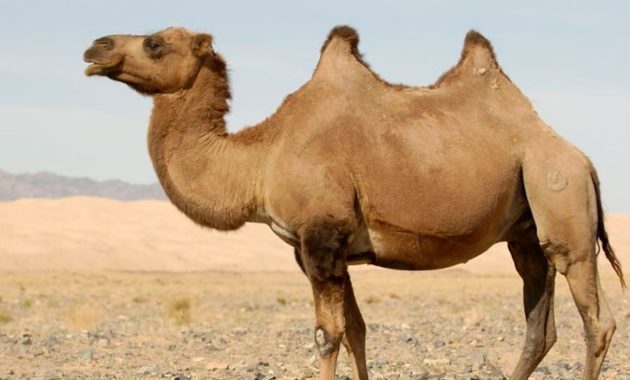
The camel is most commonly found in the hot deserts of North Africa and the Middle East.
There are not too many creatures that could survive in such a harsh climate, but the camel has found a way to adapt to a land where water is tough to find.
Camels used to be plentiful in the Arabian desert, and while they are now extinct there, they can still be found in plentiful amounts as domestic creatures in that part of the world.
12. Cassowary
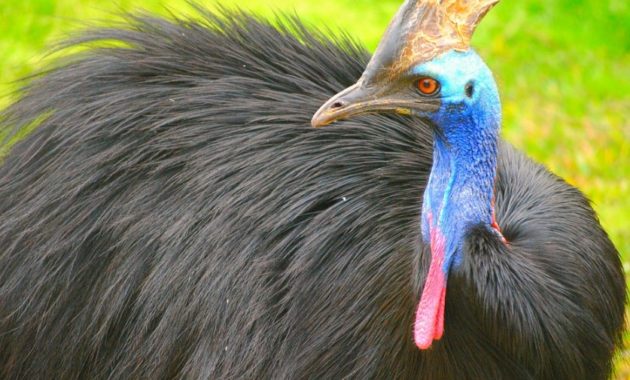
Native to the forests of Papua New Guinea and its neighboring islands, as well as some parts of north-eastern Australia, the cassowary is a large flightless bird.
This big bird is a close family member of others, such as the emu and the ostrich. It also happens to be the second heaviest bird in the world, as well as the third tallest.
If you are looking to see these birds in nature, you are going to have a bit of a tough time, as they have adapted very nicely to life in the deep forest.
Since the cassowary cannot fly, it has learned another effective way to get around, which is to run at speeds of up to 30 mph.
The cassowary is also very effective at defending itself, which it does by making use of large, incredibly sharp claws.
13. Catfish
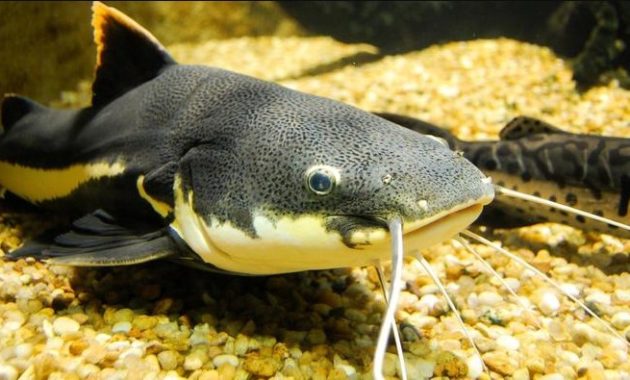
Catfish live in coastal waters and freshwater habitats in every part of the world except Antarctica, living life as bottom feeders. Catfish have broad, flat heads, and very prominent whiskers that protrude from their mouth.
It is these whiskers, or barbels, that are responsible for their feline name. The barbels are for more than just show, though, and are in fact used to smell and sense food and prey.
14. Chipmunk
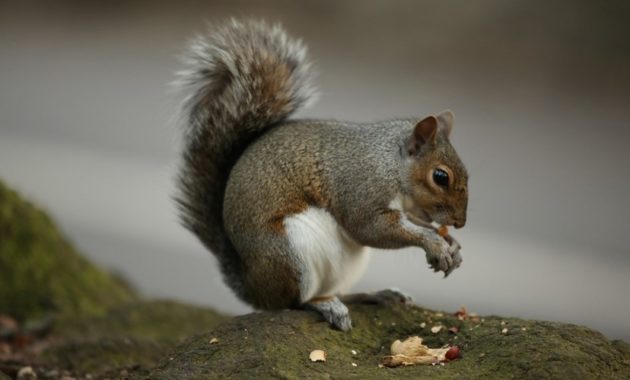
Chipmunks are small-sized members of the squirrel family and are known for being fast and lively little creatures.
Given that their bushy tails, large eyes, and pudgy cheeks are so cute, it’s no real surprise that chipmunks have made it to the Hollywood big screen.
There are several different species of chipmunk, which is why you will see them in a variety of different colors, ranging from gray to reddish brown, and sometimes with stripes on the face, back, or tail.
15. Chameleon
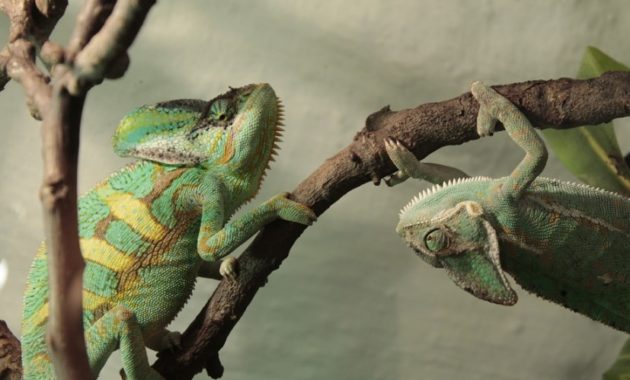
A species of lizard, the chameleon is easy to recognize, thanks in large part to its big eyes and curled tail. Chameleons are found in different parts of the world, but are usually at home in jungle and desert regions.
While most commonly seen in Africa, Asia, and Southern Europe, they have also been introduced to parts of North America.
Chameleons come in a wide variety of different shapes and sizes, and it is believed that there are over 160 different species.
The smallest species, the pygmy leaf chameleon, makes its home in Madagascar, and some males are as small as 3 cm in length.
16. Chamois
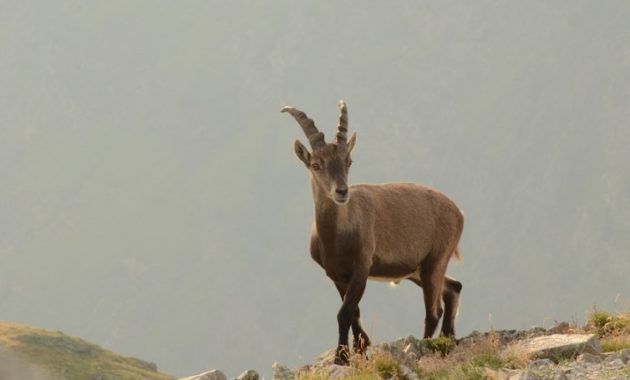
The European mountains are where you will find the chamois, a large mountain goat.
The countries where this chamois is found includes Romania, Italy, Switzerland, Austria and parts of Turkey, but has also expanded its home to the mountainous parts of the South Island of New Zealand.
The chamois is in the Bovidae family which also includes goats, sheep, and antelope. Full-sized adults grow to 75 cm high and 50 kg in weight.
17. Centipede
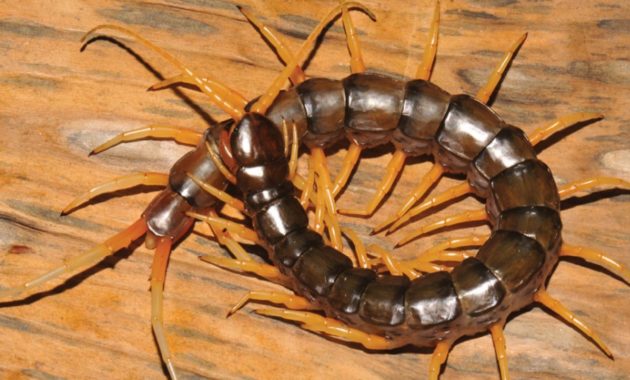
Centipedes are large carnivorous invertebrates that love to make their home in and around decaying matter.
Centipedes are incredibly dangerous around their prey, as they bite them and inject them with venom, killing the prey before it is eaten.
Given the name, most people believe that the centipede comes with 100 legs, but that is in fact not the case.
The legs of the centipede run the entire length of the body, and are usually found in 15-30 pairs, depending on the size of the centipede.
18. Cuscus
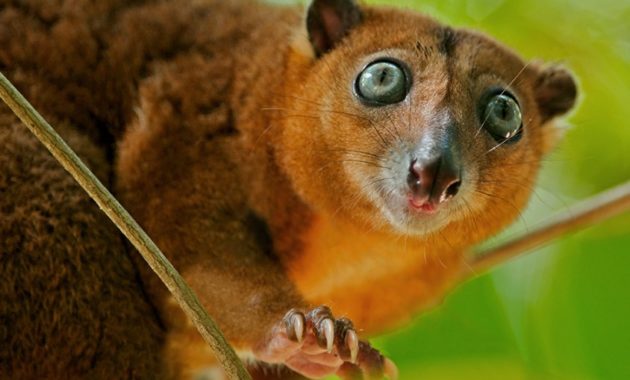
The cuscus is the largest of the subspecies of possum, and can grow in length to anywhere from 15-60 cm in length, although most adults come in at around 45 cm in length.
The cuscus is a nocturnal animal that is able to get around in the dark, thanks in part to its small ears and large eyes. The prehensile tail of the cuscus is long and strong, and does not have any fur at the end.
The tail plays an important role in how the cuscus gets around, allowing it to grip onto branches as it moves from tree to tree.
19. Cow
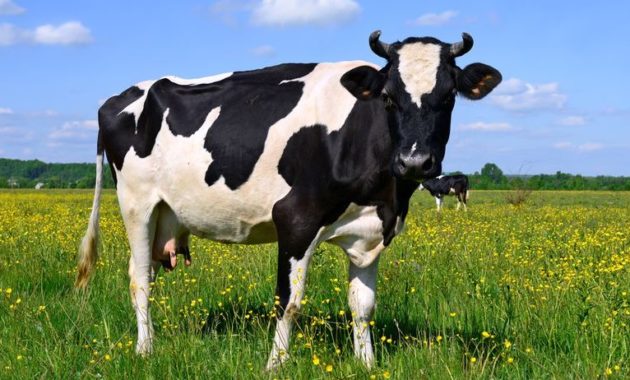
Cows are farm animals that have the ability to interbreed with other animals to create hybrid species. Animals that have successfully been bred with cows include bison and yaks.
Oddly enough, while the buffalo and bison may look like large cows, they cannot be successfully bred with them. Cows are big, bulky animals, and they are found in a variety of colors and sizes.
Besides the common black and white coloring, cows can also come in brown, yellow, red, and even a bright orange like hue, as well as combinations of each.
Some will have a body of one specific color combined with a face of a different color.
20. Cockatoo
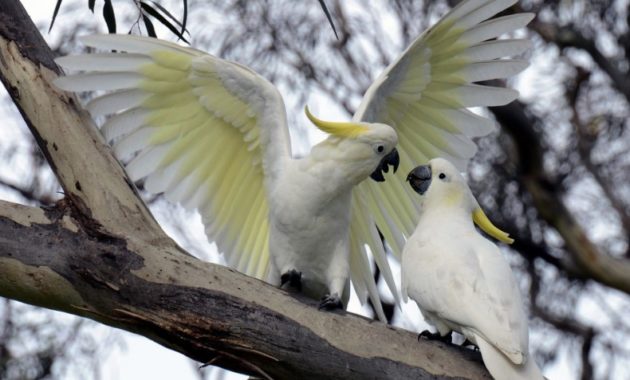
Cockatoos are beautiful birds that are known for their soft feathers, stunning colors, and affectionate nature, not to mention their affinity for showing off.
They are very smart birds, and will routinely go out of their way to entertain, bobbing their head, dancing, spreading their wings, and making loud noises in order to get attention.
They are naturally inquisitive birds that love to explore. They are always performing while they are awake, and will make a big show of playing with their toys and doing all they can to get your attention.
Cockatoos are a large member of the parrot family that are distinguishable by the large crest on their head.
The crest will rise up when the cockatoo is excited or scared. Cockatoos eat seeds and nuts, using their strong beaks to crack them open.
